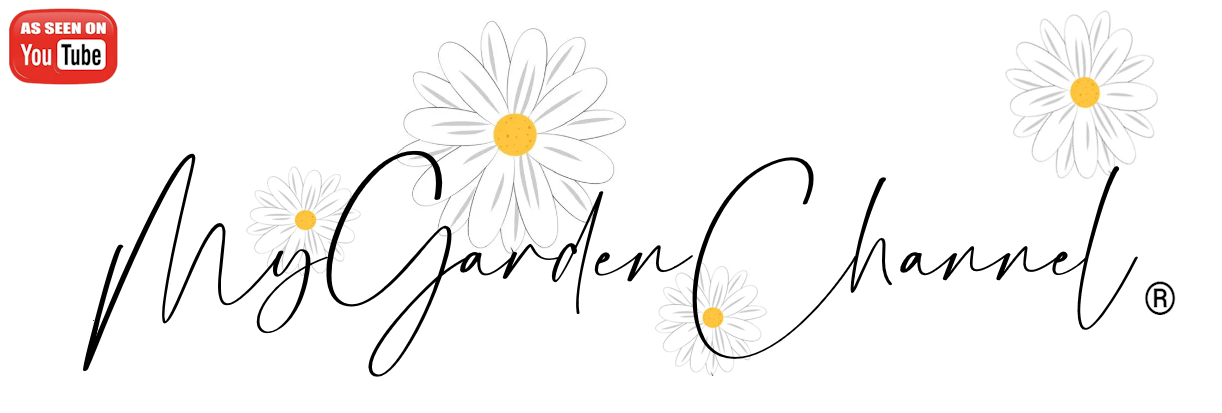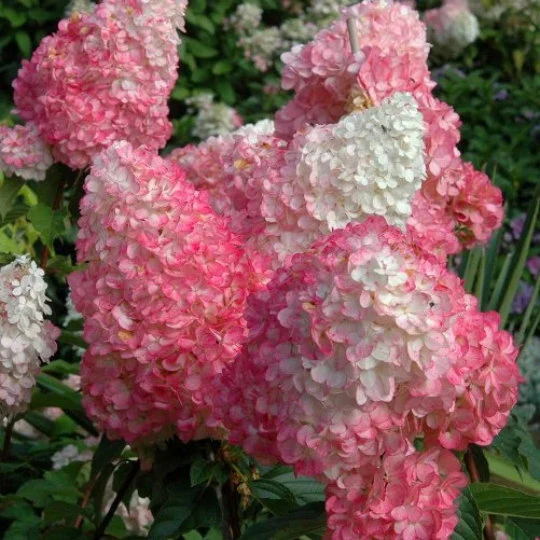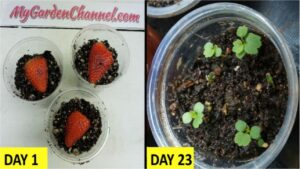The Pink Diamond Hydrangea (Hydrangea paniculata ‘Pink Diamond’) is a lovely deciduous shrub that produces beautiful, large, pinkish-white flowers. It’s a relatively low-maintenance plant, making it a popular choice for gardeners looking to add vibrant color to their landscapes. Here’s a care guide to help you keep your Pink Diamond Hydrangea healthy and thriving:
1. Light
- Full Sun to Partial Shade: Pink Diamond Hydrangeas thrive in full sun to partial shade. Ideally, they should get 4–6 hours of direct sunlight each day. In hotter climates, some afternoon shade can help protect them from intense sun exposure.
2. Soil
- Well-Draining, Moist Soil: They prefer rich, well-draining, slightly acidic soil. Adding organic matter like compost will improve soil structure and moisture retention.
- pH Range: They tolerate a range of soil pH but tend to bloom best in slightly acidic soils (pH 5.5-6.5).
3. Watering
- Consistent Moisture: Hydrangeas, including the Pink Diamond variety, need consistent moisture, especially during their growing season. Water deeply at the base of the plant to keep the roots hydrated, particularly during dry spells.
- Avoid Overwatering: While they like moisture, they don’t like soggy soil. Ensure proper drainage to avoid root rot.
4. Temperature
- Moderate Temperatures: Pink Diamond Hydrangeas thrive in moderate climates. They’re hardy in USDA zones 3-8, meaning they can tolerate cold temperatures but may need some protection in harsher winters.
- Winter Care: In colder zones, it’s a good idea to mulch around the base of the plant to help protect it from freezing temperatures during the winter months.
5. Fertilizing
- Spring Fertilizing: In early spring, fertilize your Pink Diamond Hydrangea with a balanced, slow-release fertilizer to encourage healthy growth and vibrant blooms.
- Avoid Over-Fertilizing: Excessive fertilizer can lead to too much leaf growth with fewer flowers, so follow the recommended dosage.
6. Pruning
- Late Winter or Early Spring: The Pink Diamond Hydrangea blooms on new wood, so you should prune it in late winter or early spring before new growth begins. Cut back any dead or damaged stems, and shape the plant as needed.
- Encourage Stronger Blooms: Prune to a height of about 12-18 inches from the ground for strong, healthy new growth and improved flowering.
- Deadheading: After the plant has finished blooming, you can remove spent flowers to tidy up the plant, but it’s not necessary for flower production.
7. Pests and Diseases
- Common Pests: While generally pest-resistant, keep an eye out for aphids, scale insects, and spider mites, which can occasionally affect hydrangeas.
- Fungal Issues: Hydrangeas are susceptible to fungal diseases such as powdery mildew and rust. Good air circulation around the plant can help prevent these issues. Avoid overhead watering to keep the leaves dry.
- Treatment: If you notice pests or diseases, treat with insecticidal soap or fungicides as needed.
8. Support
- Staking: The Pink Diamond Hydrangea can grow quite large and heavy with its blooms, so you may want to use a plant support or stake to prevent the stems from drooping or breaking.
- Space: Give your plant enough room to grow, as it can reach a height of 6-8 feet (1.8-2.4 meters) and spread up to 5 feet (1.5 meters) wide.
9. Propagation
- Cuttings: Pink Diamond Hydrangeas can be propagated through softwood cuttings taken in late spring or early summer. Use a rooting hormone and plant the cuttings in a well-draining potting mix.
- Division: You can also propagate by dividing the plant in early spring or fall, though this is best done for older, established plants.
10. Toxicity
- Toxic to Pets: Like many hydrangeas, the Pink Diamond variety contains cyanogenic glycosides, which are toxic to pets and humans if ingested. Keep the plant out of reach of pets and small children.
11. Bloom Time
- Late Summer to Fall: Pink Diamond Hydrangeas bloom from mid-summer to early fall, with their flowers transitioning from white to a soft pink and eventually to a deeper pink as they mature. The change in color adds seasonal interest.
By following these care tips, your Pink Diamond Hydrangea will thrive, providing beautiful blooms and adding elegance to your garden year after year!


